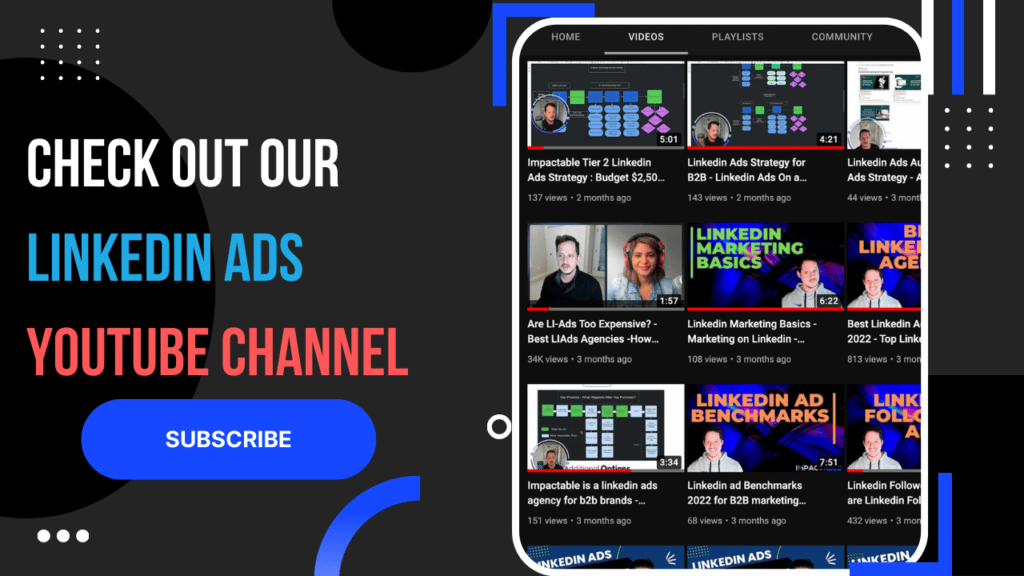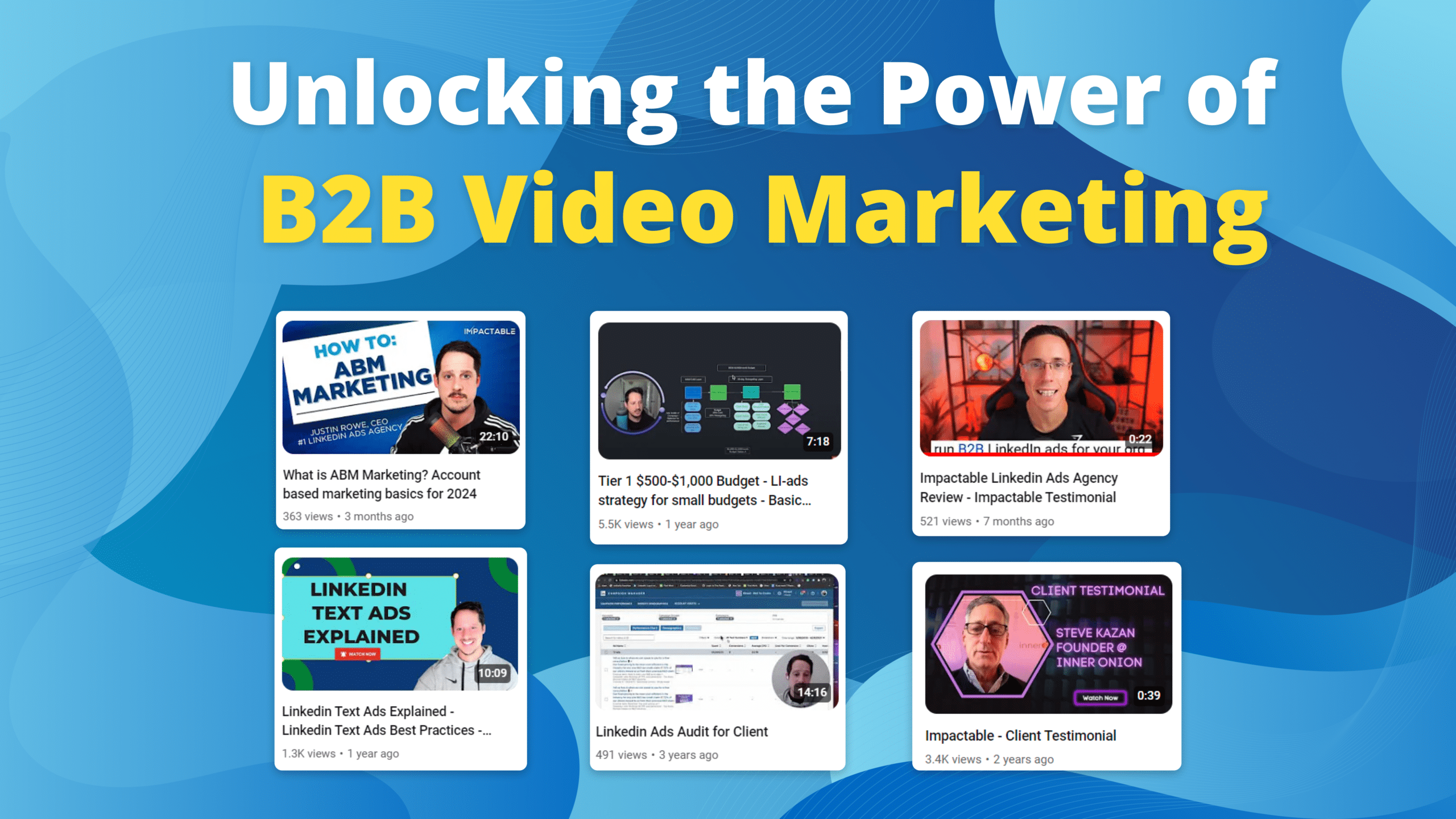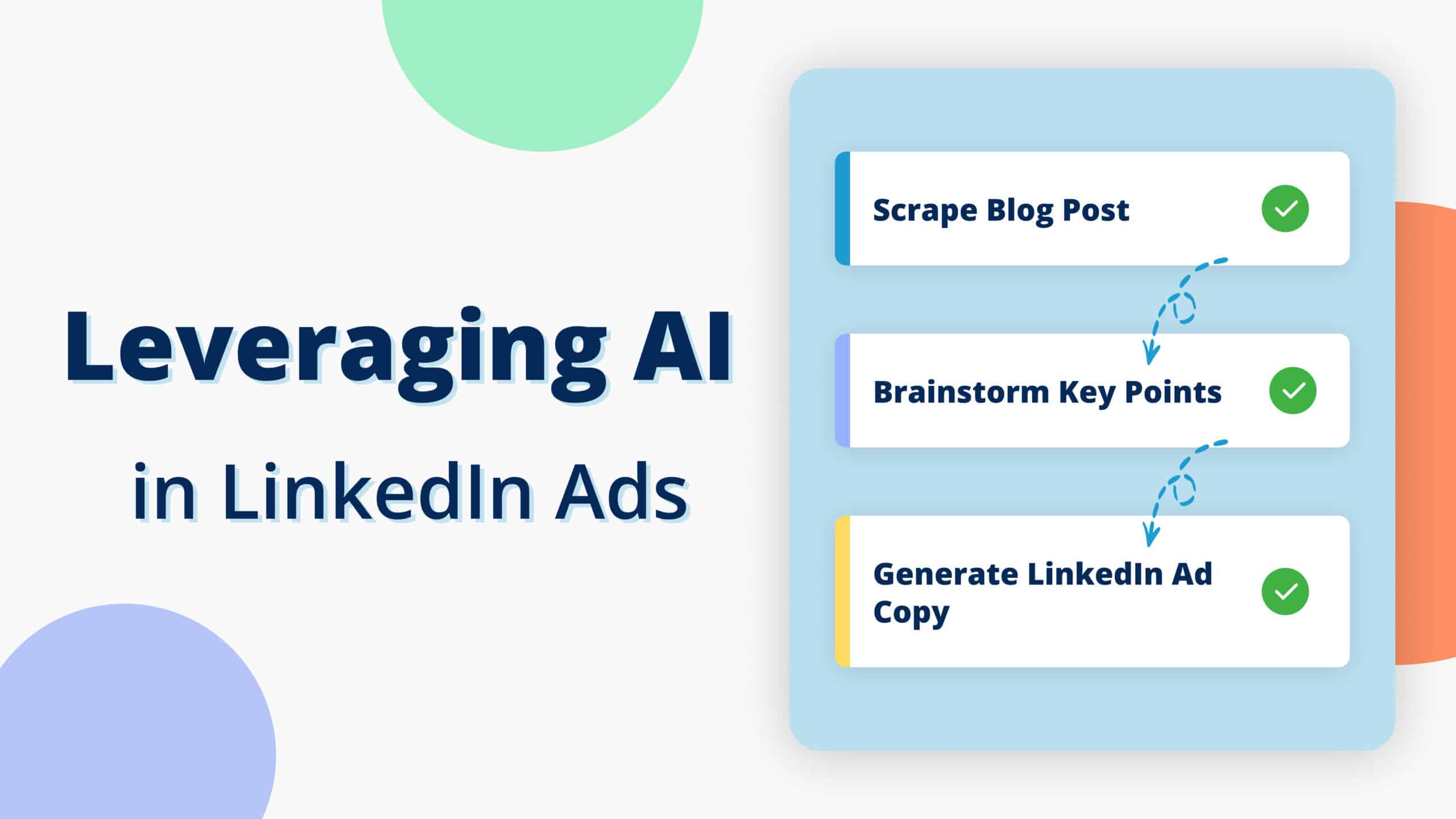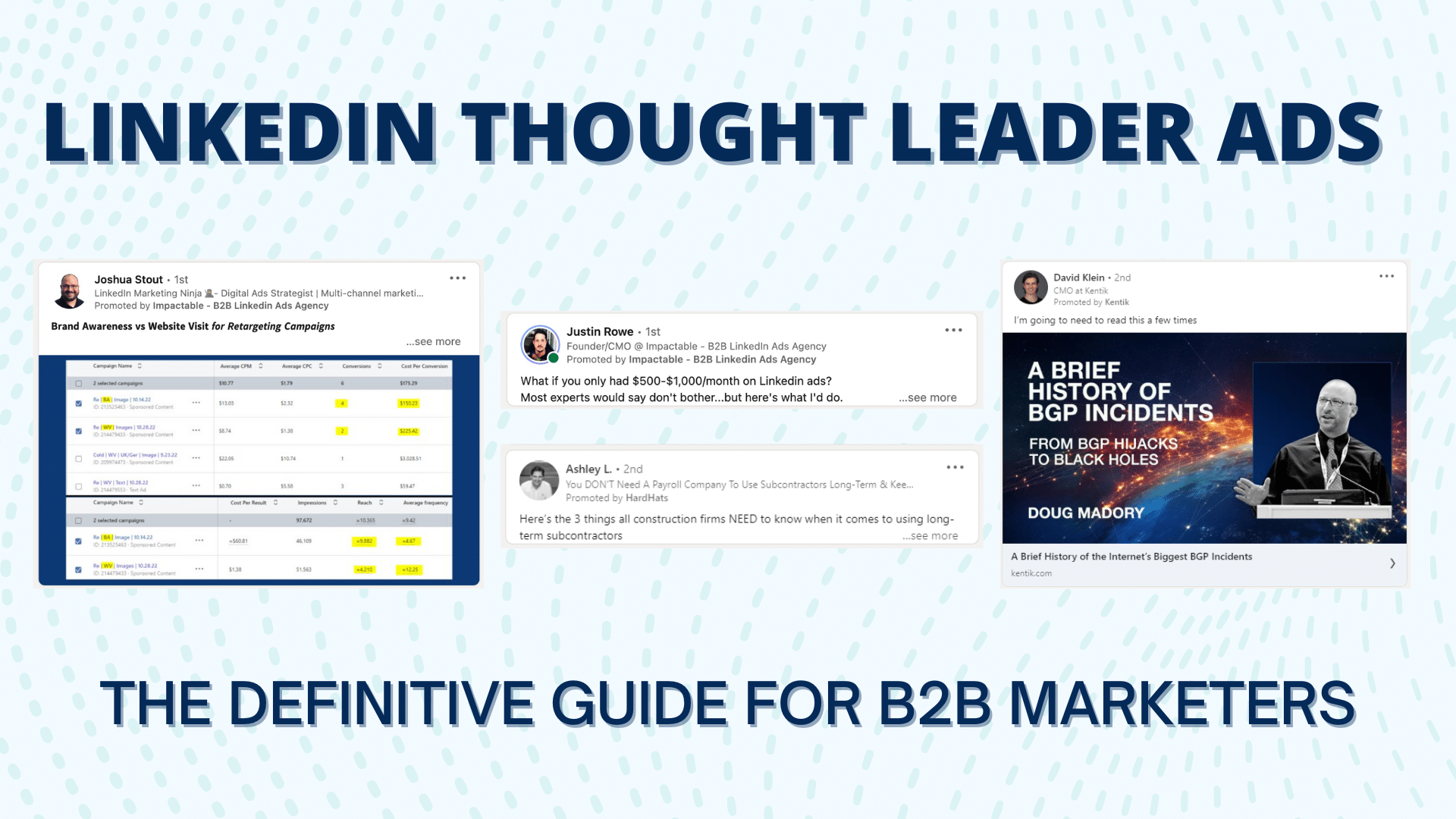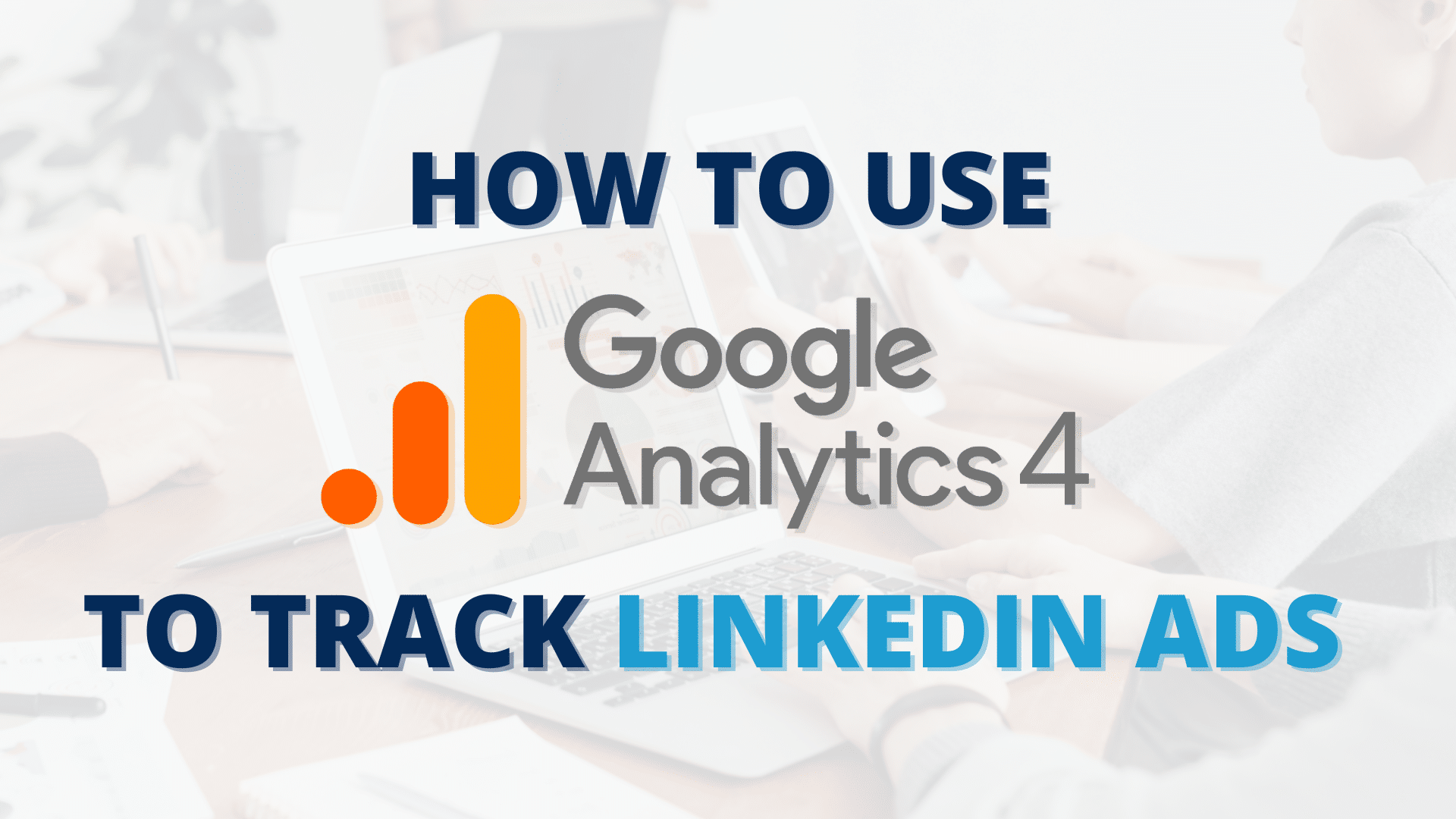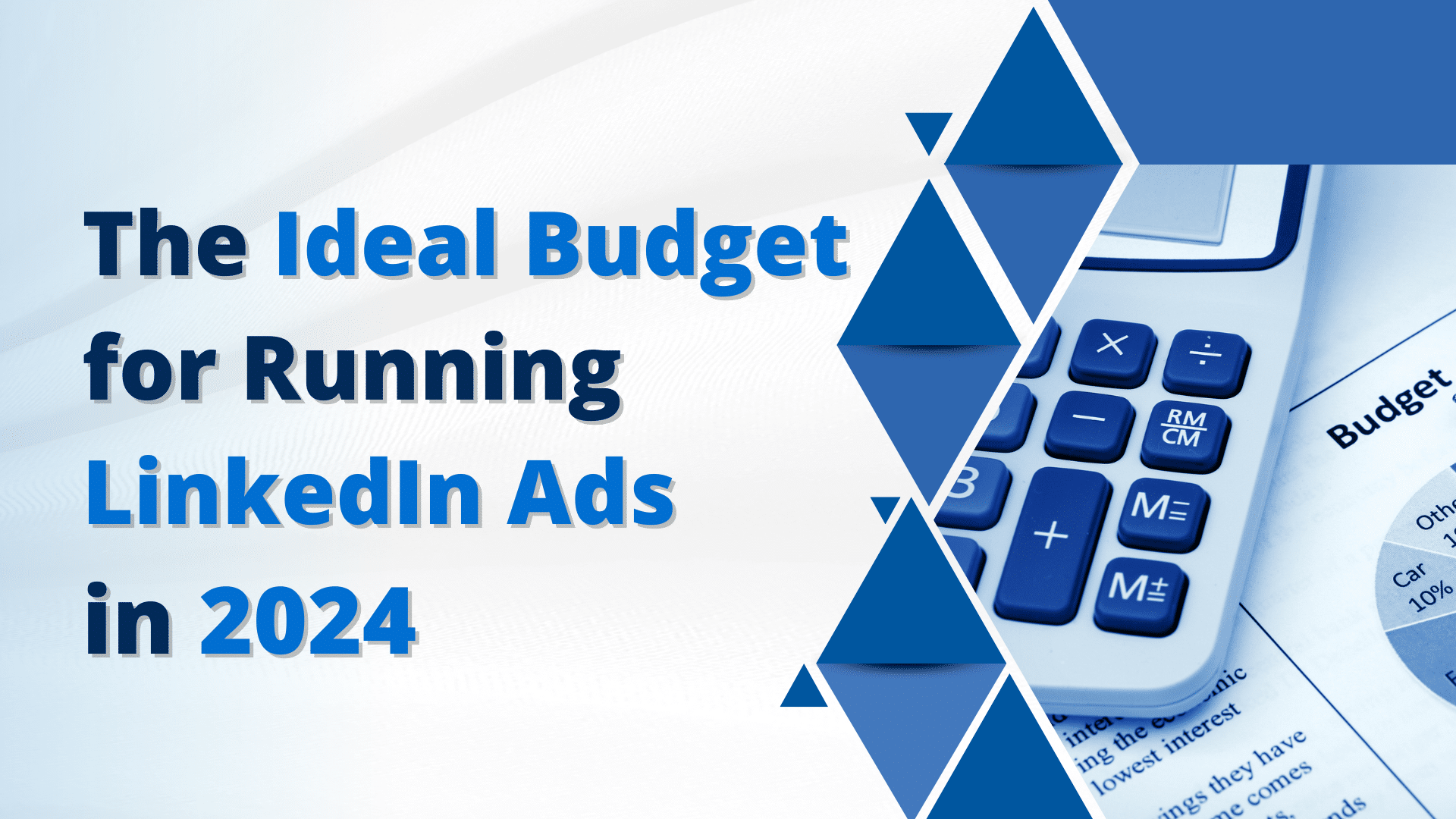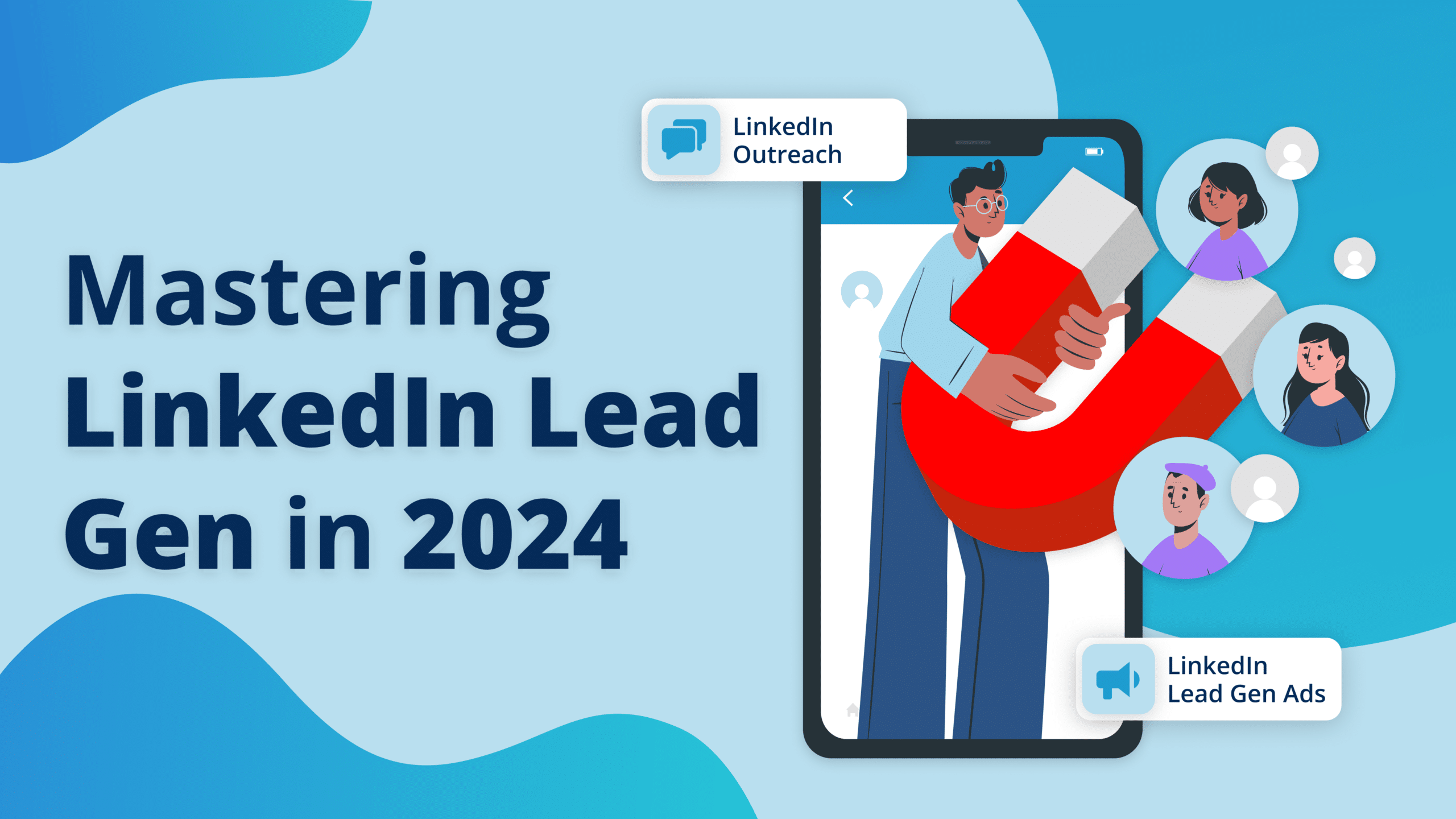In the smartphone age, people have a dearth of information readily available at their fingertips, and that has tremendously affected the way they interact with brands they like. To keep up with the ever-growing digital landscape and changing customer preferences, marketers everywhere are brainstorming new, out-of-the-box ways to engage with their audience. You can now narrow down specific individuals you can target, and create content to match their interests, however, we often forget the old adage — in advertising, timing is everything. When it comes to making a lasting impression, you must deliver content when your target audience is the most active, and likely to respond.
Linkedin ad scheduling
When you create a Linkedin ads schedule, your ads will appear only during the dates and times you enter. As a result, you have more control over when the customers see your ads. Based on how they perform at different times of day, you can combine run times with independent audiences for maximum ROI. In marketing circles, ad scheduling is commonly known as dayparting — a term that was coined when Google launched the feature a few years ago.
Having run several paid campaigns for our clientele, we have had the opportunity to observe and document data-backed insights for effective ad scheduling on LinkedIn. In this article, I will go over some of them after a brief introduction to the many advantages of ad scheduling. I will also discuss how we schedule ads on LinkedIn using Impactable’s in-house Account Data Platform (ADP) which easily integrates with the LinkedIn API and helps us schedule ads in addition to other helpful functionalities.
Let’s get started!
What are the advantages of scheduling ads on LinkedIn?
In the past, LinkedIn has allowed people to specify the start- and end dates for the ads, however, you could not schedule the ad to run only at specific times during the day. To solve that problem, we created the ADP that works in conjunction with LinkedIn’s ad functionalities to help:
1. Optimize your campaign strategy
Your primary goal, whether you’re a fledgling but flourishing SMB or an established enterprise, is to ensure that your ads reach the right people at the right time. However, the entirety of your target audience might not respond to the same ad, and you have to A/B test with different types of marketing messages. Some people can be persuaded by an informational ad about your product/services, while for others, a 30-second explanatory video about customer success stories might do the trick.
With ad scheduling, you can simply choose, in advance, which ads you want to run on what days. This means you can run a different ad every day of the week (if the budget permits!), or even run different ads at different times on the same day. The possibilities are endless, but where does one truly stop?
Marketers recommend following the ‘Rule of Seven’ wherein, your prospects need to see or hear from a brand at least 7 times before they make a purchase. But, you don’t want them to see the same ad 7 seven times, right? When you have the freedom to schedule all your ads in one go, instead of taking the manual route, prospects will see a rotation of ads from your brand. As a result, you will have more room to brainstorm, strategize, and create a digital story that showcases the best of what you have to offer.
2. Save time, money, and resources
Let’s consider that you own a restaurant that, unlike its competitors, offers late-night delivery. As a result, most of your orders are placed between 12:00 AM to 3:00 AM as that’s when your target audience is the most active. You’d benefit greatly by running ads only during that time slot, but as is the case with most Ad Managers, you have to first, pay for the ad to run 24*7 on specified dates, and second, manually pause the ad whenever you want it to stop showing in people’s feeds.
In this case, one person has to take on the responsibility of stopping and starting the ad in the middle of the night — a task that’s both inconvenient and an unnecessary drain on resources. If you’re a small company, you’re already stretched thin in terms of budget and manpower. You cannot afford to run ads outside of your desired timeframe, nor do you want your employees manning the post at ungodly hours.
Linkedin ad scheduling allows you to pause your campaigns when the CTR is low, and resume when your target audience is more active and ready to convert. As a result, you can dedicate your time, money, and resources to run ads only on days and times of your choice.
3. Beat the algorithm
Similar to the other social media platforms, LinkedIn’s algorithm is trained to prioritize content (including ads), that has received more engagement in the recent days or weeks. It also takes into account the kind of content your prospects have previously interacted with to ensure they always have a steady stream of posts that align with their interests to browse through.
For example, if you’re running an ad campaign with 6 different creatives, the algorithm will note the CPC on all of them and then push the one that’s on top of the list. In the end, you will end up with one creative that’s accounting for 90% of your ad spend, while the other creatives unsuccessfully clamor for attention from the users.
This can prove disastrous when you’re planning another campaign with more creatives that don’t even stand a fair shot as the algorithm is partial to that one ad.
Not to mention, every creative serves a specific purpose — you can have one for brand awareness (targeting new customers), one for soft-launching your offerings (targeting customers in the consideration stage), and one for driving conversions (targeting customers in the decision-making stage). You want people to see all these creatives, regardless of CPC, because they individually serve a purpose. Imagine hard-selling your products/services to someone unfamiliar with your brand presence, or, pushing your brand story to someone ready to close the deal.
With ad scheduling, your creatives are more likely to fulfill the campaign objectives by catering to people across all stages of the sales funnel.
4. Effectively reach the decision-makers
A Pew Research Center research found that more than 50% of adults (in the U.S.) with a Bachelor’s (or higher) are on LinkedIn. Additionally, around 44% of LinkedIn users make $75,000 per year which is more than the national median. Keeping these numbers in mind, it’s safe to assume that a sizeable chunk of people on the platform hold a decision-making position (to a varying degree), or are going to hold one in the near future.
Companies looking to target a B2B audience, as a result, don’t have to jump through hoops to establish contact with prospects anymore. They can simply schedule ads that target people based on seniority and cater to their specific interests and other lifestyle parameters.
How to schedule ads on LinkedIn?
As I previously mentioned, we created an Account Data Platform (ADP) that simplifies the process of LinkedIn advertising by making it more effective, and less time-consuming. Our goal was to ensure that the end product is as accessible and user-friendly as possible so everyone — from beginners to established marketers—can use it to reach the right audience at the right time.
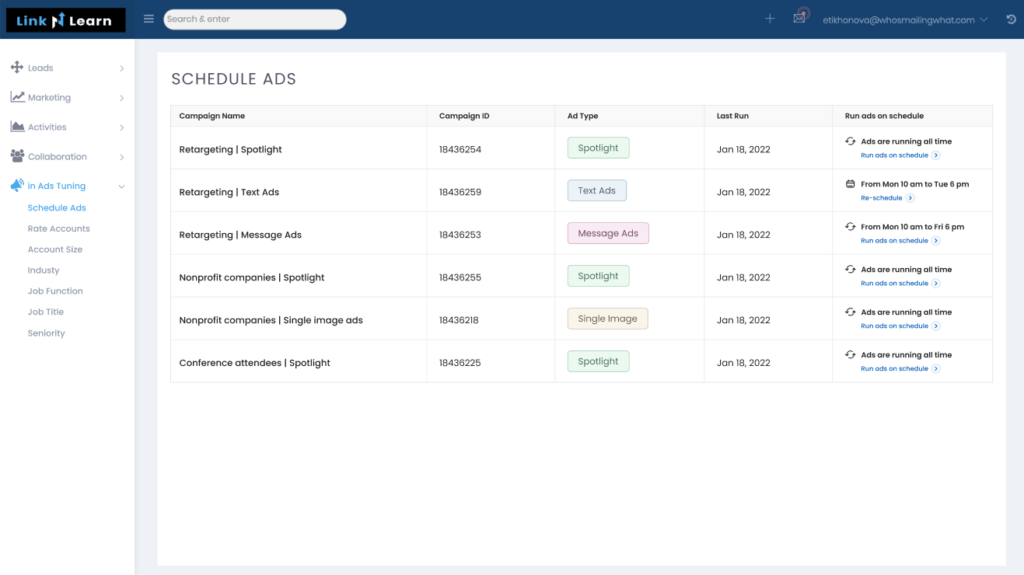
Using ADP, you can select specific days, and times for different types of campaigns.
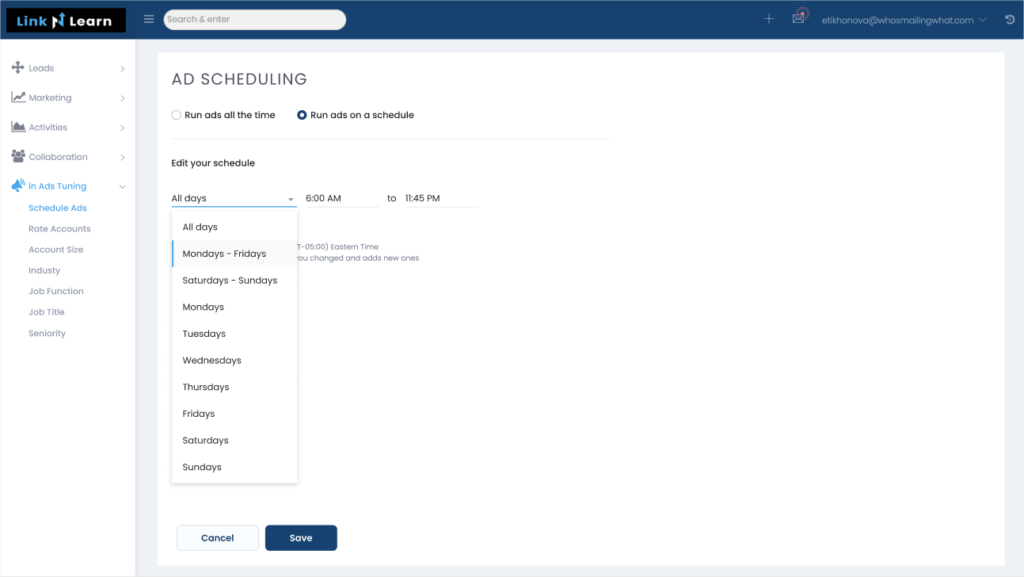
After evaluating the campaign performance, you can choose to pause ads for the weekend, run ads only during business hours, run ads when your target audience is the most active, and adjust your bids/budget.
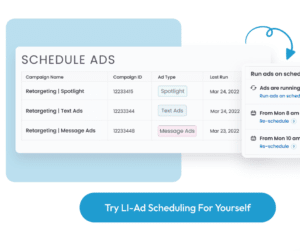
Insights and recommendations for scheduling LinkedIn ads
At Impactable, we have had the opportunity to run (and schedule!) LinkedIn ad campaigns for several clients. Here’s a quick list of tips, and tricks that we found helpful:
- Most people hesitate to engage with ads at night. According to CodeFuel and Nielsen, only 6% of people visit platforms geared towards work or study during this time. Not to mention, past midnight, most people are done unwinding for the day and are getting ready for bed (if they aren’t asleep already). It’s fair to conclude that serving ads after 1 A.M. will not yield the best results, and you’d be better off spending that money where it actually counts.
- Running ads over the weekend is another point of contention for marketers.
For LinkedIn, advertising during weekdays has proven to be more successful for us. The reason, we assume, is pretty straightforward: People usually visit a non-professional social networking platform, like Facebook, to be entertained and kill time. There’s a possibility that even if your target audience is visiting LinkedIn over the weekend, they have the ‘Facebook mindset’ wherein they simply want to engage in casual, absent-minded browsing.
As a result, if you’re planning campaigns for the weekend, you’d have better luck running light-hearted ads featuring ‘chocolate cake’ content that is not big on hard-selling. Of course, this can prove difficult if you’re strictly a B2B company with not much room to play the jester.
In our experience, there’s no one-size-fits-all answer to this problem, and we often rely on industry-type and user behavior to determine how well an ad is likely to perform on Sat-Sun. Remember, there’s no substitute for A/B testing—if you’re already experimenting with copy and design to figure out what your target audience is most responsive to, it’s only fair to do the same with day (and time!).
- All in all, running ads after 10 P.M. and on the weekends is not something we recommend to our clients, but we also don’t advise them to restrict their campaigns to just the traditional 9 to 5. A lot of people use that time to keep their heads down and focus on the work they have at hand. Between 7 P.M. to 10 P.M. is when your target audience is most likely at home and open to engaging in work-adjacent activities like browsing LinkedIn.
Conclusion
When used strategically, ad scheduling can be a game-changer for brands looking to engage with their target audience in meaningful, customer-centric ways. When people see your ads in their feed during a specific time (for example, when they are the most active or when their purchasing intent is high), they are likely to drive conversions with little to no effort.
I hope this article was able to answer your common concerns about ad scheduling and helped cultivate a deeper understanding of how ADP can enhance your LinkedIn ad experience. If you still have questions, our team would be happy to assist you. Book a call with Impactable today!



